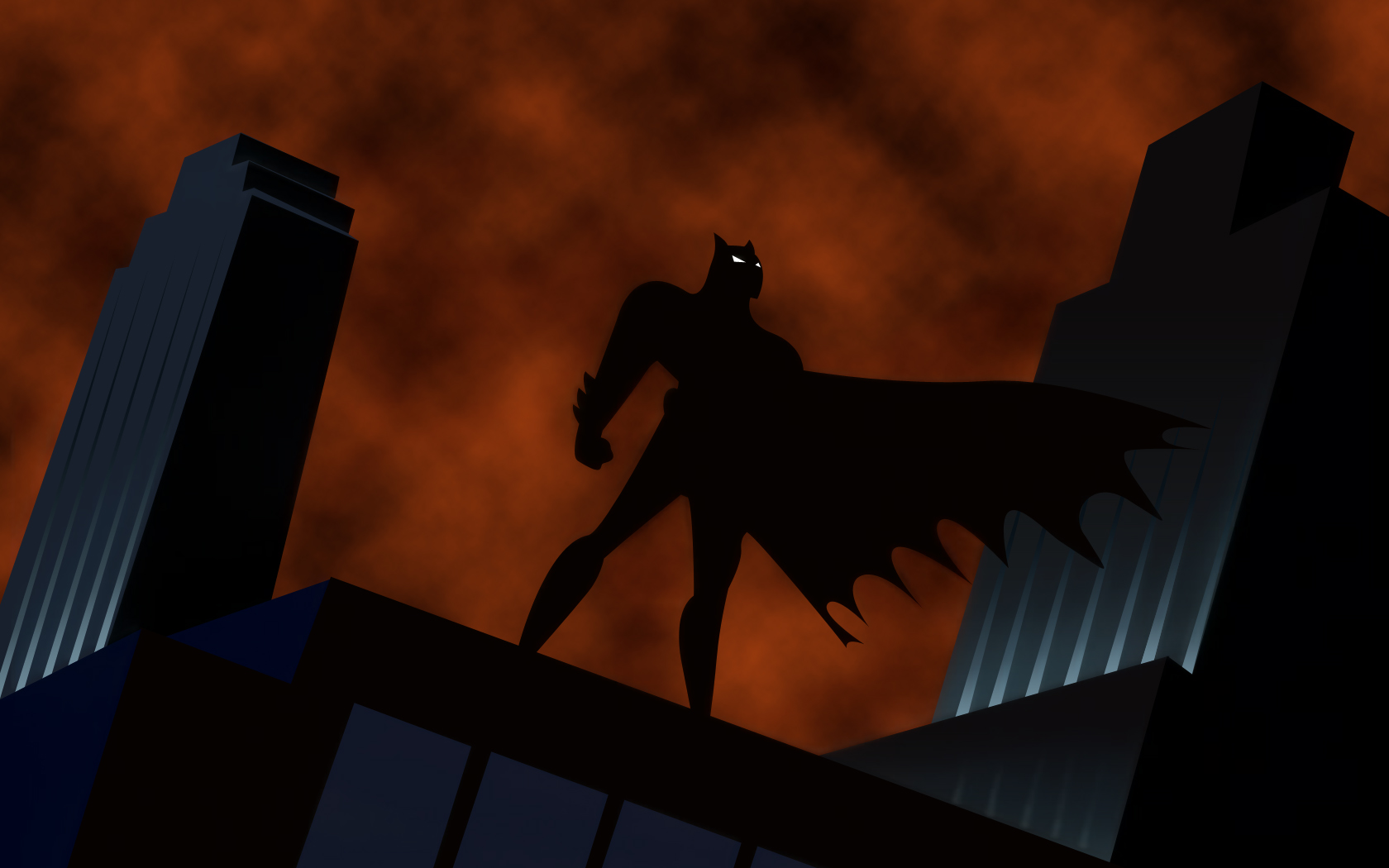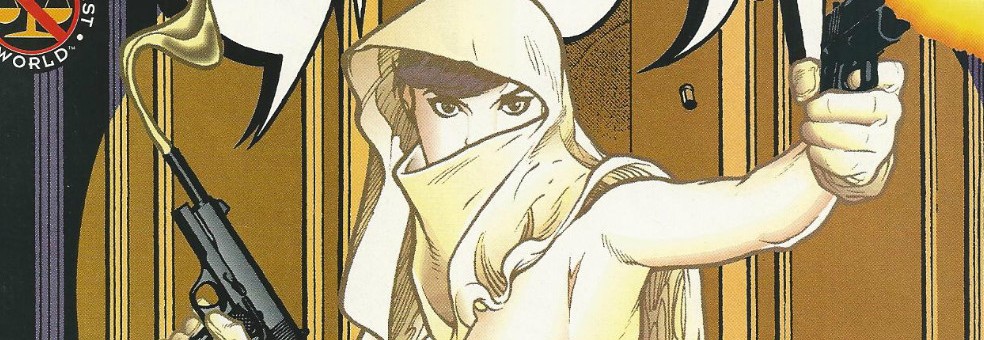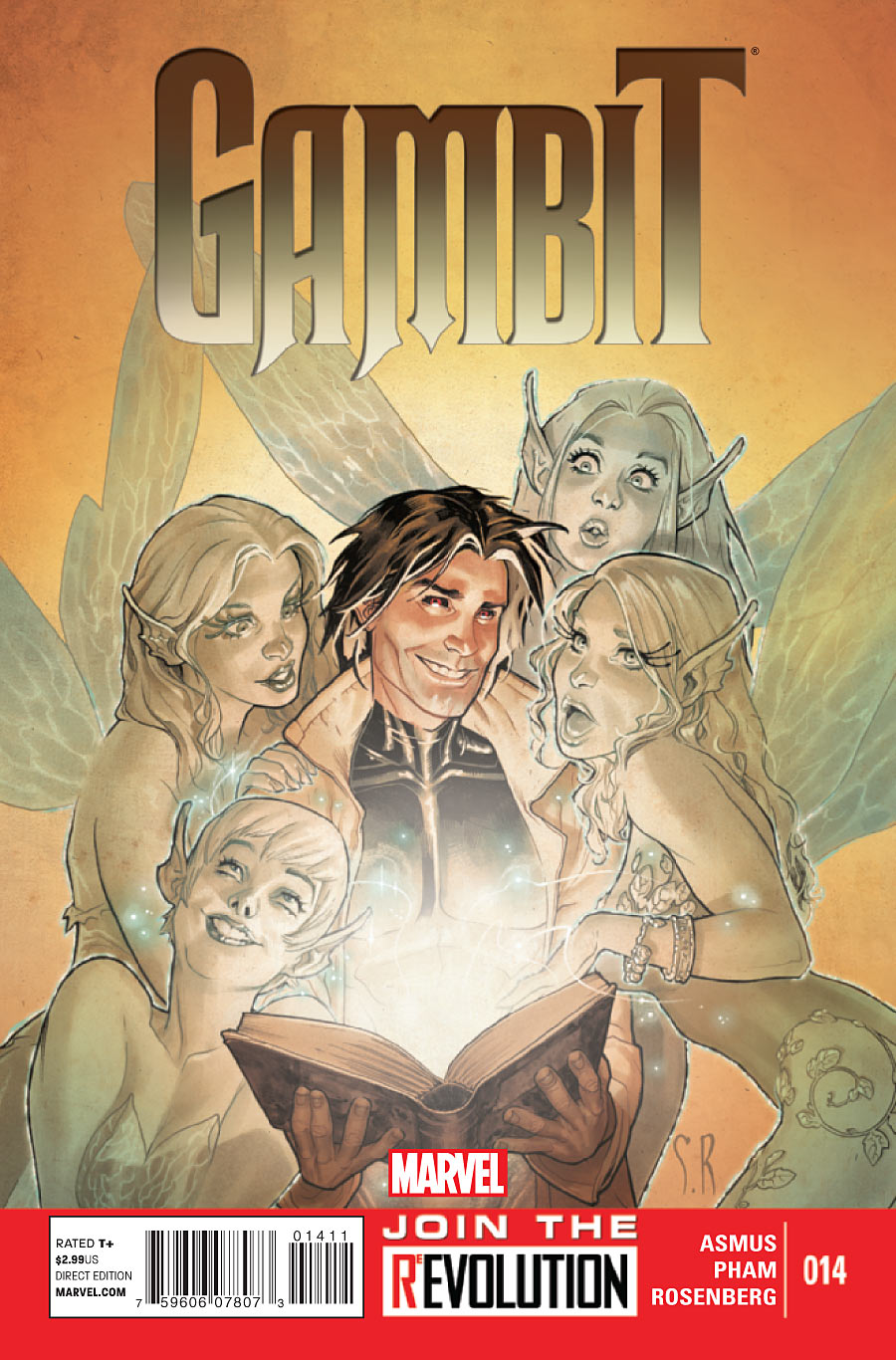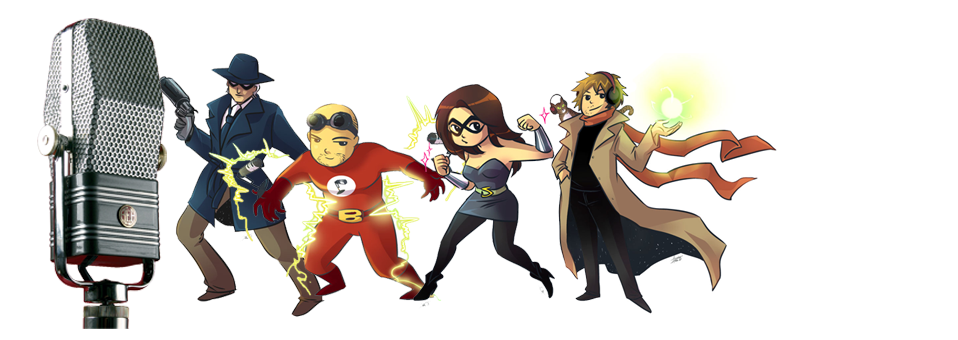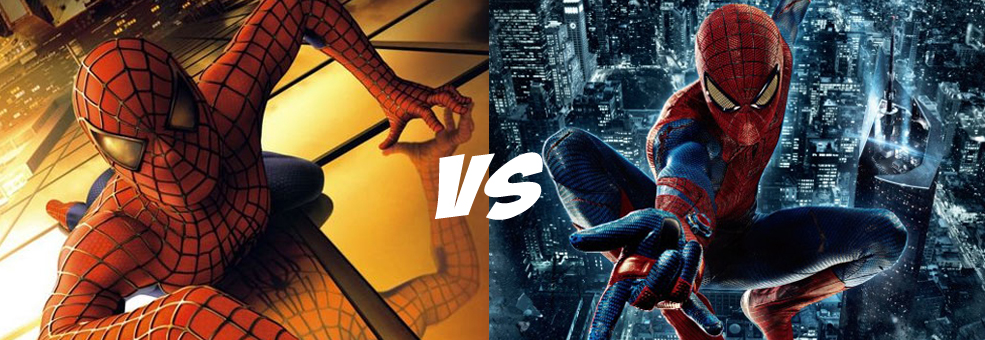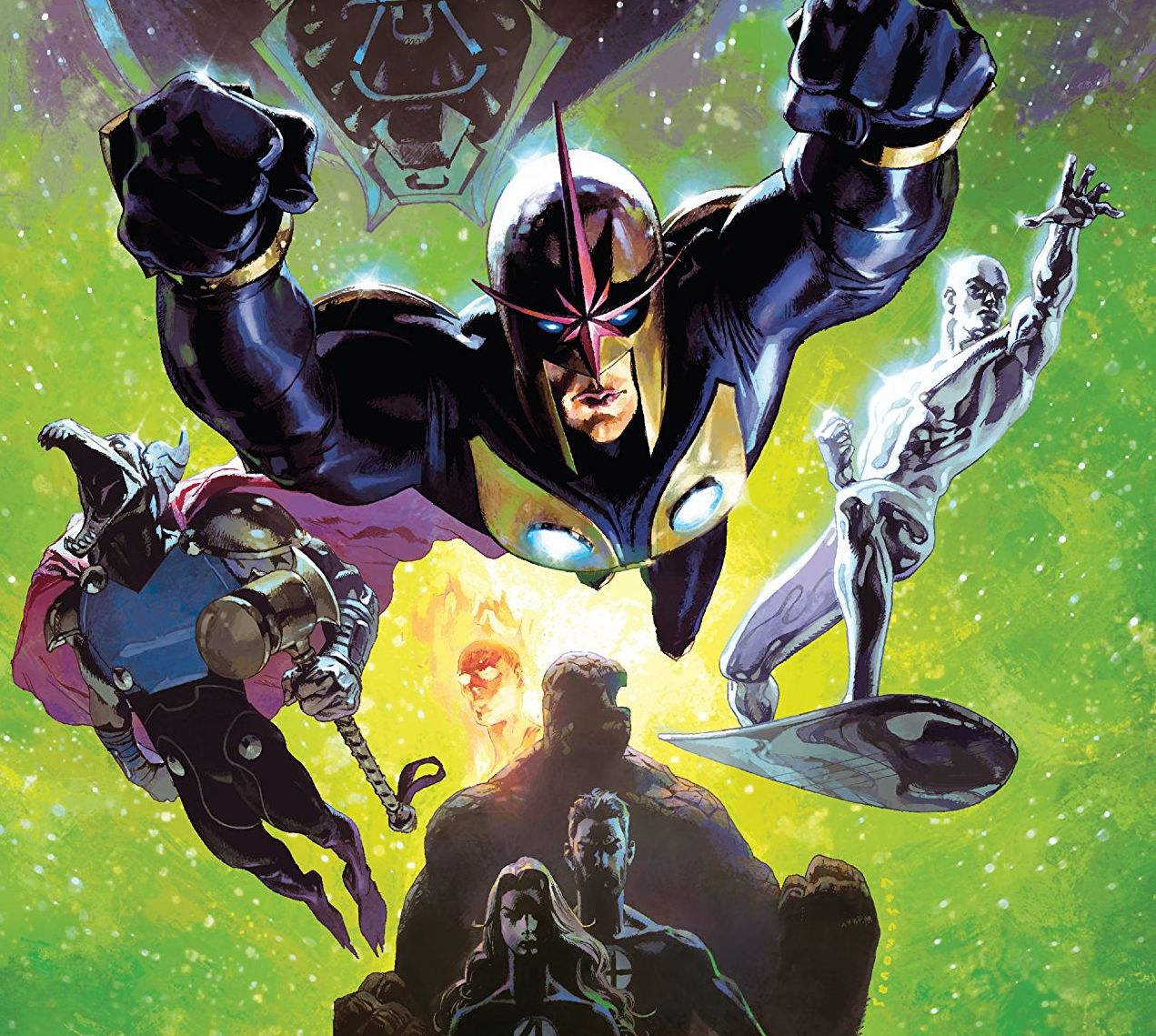 Feat of Clay (Parts 1 & 2)
Feat of Clay (Parts 1 & 2)
Directed by: Dick Sebast (Part 1) and Kevin Altieri (Part 2)
Written By: Marv Wolfman and Michael Reaves
Original Air Date: September 8th, 1992 (part 1) and September 9th, 1992 (part 2)
Synopsis: [From IMDB Part 2 see link: here] Forcibly overdosed on a shape-changing substance, Matt Hagen has become the shape-shifting monster, Clayface, and now wants revenge on Roland Dagget.
After a 2-month hiatus due to academic commitments the Talkingcomics.com ‘Returning to BTAS’ column is back and with a very special 2-part episode to celebrate its return. This month, I will be looking at the excellent, Feat of Clay – one of my very favourite episodes of the series and the introduction of the villain Clayface!

If ever there was a set of episodes that truly encapsulate what is so great about Batman: The Animated Series, it would probably have to be the 2-part episode Feat of Clay. For within its 40-minute run time, one might be able to find the core ingredients of what makes the series so fascinating as a cultural artifact, particularly in relation to Batman’s 70+ year history.
The episode opens with Wayne Enterprises CEO Lucius Fox apparently being attacked by what looks like Bruce Wayne and two other assailants. With Bruce Wayne apparently framed for murder, Batman goes out of his way to clear his alter-ego’s name. It soon becomes clear that the conspiracy is the work of notorious industrialist Roland Daggett, who is looking to remove Fox and Wayne so that he can takeover Wayne Enterprises. As a result, with gangsters, industrial espionage and an attempted murder mystery, the beginning of Feat of Clay almost plays as a noir detective mystery, and a fun one at that.
Yet, it is again the series infatuation with the monster and SF movies of yesteryear, which hold the key to this episode’s brilliance. Co-written by Marv Wolfman of Marvel’s Blade and Tomb of Dracula fame, Feat of Clay acts as the monstrous introduction of Clayface; a character who has gone through many incarnations throughout the years. Originally conceived within the Golden-Age of DC Comics by Bill Finger and Bob Kane, Feat of Clay’s interpretation of the villain appears as a composite of the various versions of the character.

Within the episode, the character begins as Matt Hagen (the name of the second Clayface) a film actor (similar to the original Clayface Basil Karlo) who upon being disfigured by a on-set accident is met by notorious industrialist Roland Daggett who offers him a solution to his condition; an experimental new facial putty named Re-Nu-Yu. Daggett offers Hagen the putty on the condition that he works for him, using the putty’s ability to change his facial structure within his industrial crimes. Using Hagen to frame Wayne, Daggett then attempts to kill Hagen to ensure his silence, with his goons drowning him in the very chemical that the actor has become addicted to. Following such an act, Clayface is born.
Not only this, the episode also has some great sequences of body-horror. From the outline of Hagen’s assailants pouring the chemical putty onto his face, to the image of his dumped body as a disfigured, slimy mess, the episode really thrives on such images.

Furthermore, like all great monsters, not only does the Golem-like Clayface offer the now-standard visual template for the character, the monster also acts an allegorical dialogue on the cosmetic appeal of Hollywood and addiction. This is because not only is Hagen addicted to the cream, he also sees it as a way of prolonging his career in cinema (similar to the cult of celebrity’s focus on youth). Like both Two-Face and Mr Freeze, the character is also shown to have a certain degree of humanity and empathy. Played superbly by Ron Perlman of Hellboy fame, Perlman offers an excellent vocal performance; one that really gets to the pain, desperation and anger at the heart of the character.
Clayface is not the only character that works within the episode. Not only does Daggett work as an effective overarching villain, Kevin Conroy’s Batman also has some great moments. The episode particularly makes reference to Batman’s interrogation skills, specifically in an excellent scene where he threatens one of Daggett’s henchman by fooling him into believing he’ll drop a flask full of crimson fever on him. Not only that, Batman’s detective and strategic skills appear on show through his eventual defeat of Clayface in that upon seeing that Hagen’s powers work unconsciously during their initial fight, Batman defeats the villain by exposing him to many of his earlier roles (thus causing his powers to go unconsciously out of control).
Alongside the strong multi-faceted story and brilliant introduction to Clayface, perhaps what is most spectacular about this episode is that it boasts some of the best animation and directing that the series has undertaken so far. While the action scenes particularly shine, there’s also no lapse in animation quality even during dialogue scenes, something that really sets this above many of its predecessors in terms of quality.

Yet, it is the transformation sequences that are most spectacular. While the fight scenes between Batman and Clayface are great (many of which entail Clayface’s arms turning into pincers, claws and even a Raiders of the Lost Ark Ball), it is the final defeat of Clayface that appears as one of the most astonishing animation sequences devoted to a 20-minute cartoon. Surrounded by monitors and evoking the T-1000 from Terminator 2: Judgement Day, Clayface morphs between a variety of different forms, moving from a vampire, to a cowboy to an astronaut/robot. It’s an brilliant sequence, one that lives long in the memory following the end of the title credits.
To echo this articles opening paragraph, Feat of Clay essentially acts as an illustration of all the great things about Batman: The Animated Series. Offering a detailed story, great characters and sublime animation, Feat of Clay stands as one of the best episodes within the series. Not only this, the episode also ends on one of the most genuinely spine-chilling moments. Following Clayface’s defeat having accidentally electrocuted himself, Batman realises that electricity has no effect on the monster. The story then cuts to outside a hospital, where Hagen’s former friend, Teddy, walks away saddened at what has become of Hagen. Then, suddenly behind him a young woman begins to laugh maniacally. As her voice eventually deepens and her eyes glow orange, it becomes clear that Clayface is still alive and out there. A dark, unsettling conclusion, even for a series that becomes notable for sad, almost operatic endings.

